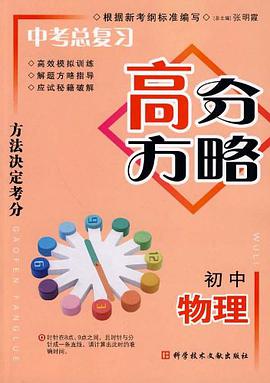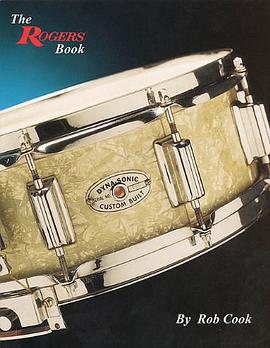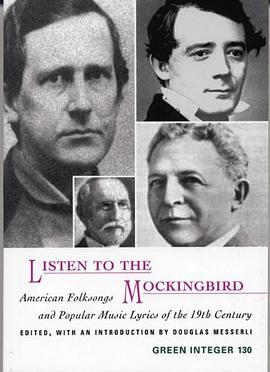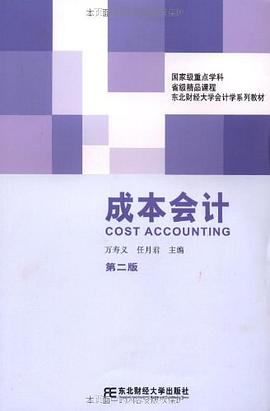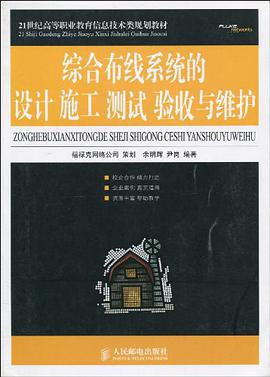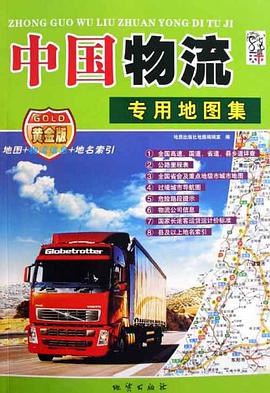

The wind power industry has been transformed in the 1990s by dramatic breakthroughs in efficiency, economy, and adaptability. Wind Energy Basics is the most up-to-date source available of information about small wind systems. The book includes the unique "standard small wind turbine rating" developed by the author, which is designed to help readers wade through conflicting performance claims by manufacturers in the U.S. and overseas. Also included is detailed information on planning, siting, and installing a wind system, and on integrating wind power with solar for more cost-effective and reliable off-the-grid applications.
In addition, Gipe provides a discussion of "net metering" and intertie possibilities, explaining how homeowners in many states can now sell their excess electricity back to the utility company.
Wind Energy Basics is an excellent introduction to wind power for educational programs concerned with state-of-the-art renewable energy options, and will be indispensable for those considering today's generation of quiet, efficient, and reliable "micro" wind turbines.
Wind Energy Basics describes a new class of small wind turbines, dubbed micro turbines, which are so small that they can be purchased for less than $1000 and carried in your hands.
The debut of micro wind turbines brings the technology within reach of almost everyone. These inexpensive machines, when coupled with readily available photovoltaic panels (solar cells), have revolutionized living in remote homes off-the-utility grid. And the increasing popularity of micro wind turbines has opened up new applications previously considered off-limits to wind energy, such as charging electric fences and powering remote telephone call boxes, once the sole domain of solar cells.
Micro wind turbines have been around for decades for use on sailboats, but they have gained increasing prominence in the 1990s as their broader potential for off-the-grid applications on land has become more widely known. While micro wind turbines have yet to reach the status of widely available consumer commodities such as personal computers, the day may not be far off. The use of wind power is "exploding," say Karen and Richard Perez in their foreword. "There are currently over 150,000 small-scale RE (renewable energy) systems in America and they are growing by 30% yearly. The small-scale use of wind power is growing at twice that amount--over 60% per year," according to the Perezes, the editors of Home Power magazine.
Southwest Windpower awakened latent consumer interest in micro wind turbines with the introduction of its sleek Air 303. Since launching the 300-watt turbine in 1995, Southwest Windpower has shipped 18,000 of the popular and inexpensive machines.
"What Americans, and folks all over the world, are finding out," the Perezes say, "is that wind power is an excellent and cost-effective alternative" to extending electric utility lines, and fossil-fueled backup generators.
Wind Energy Basics explains how it is possible—in some states—for homeowners to run their kilowatt-hour meter backwards with a small wind turbine.
This book confronts the common but controversial practice of "power rating" that may mislead consumers about the potential of some small wind turbines. Known for his frank style, Gipe quickly cuts through technological jargon and the hype surrounding power ratings.
"Nothing tells you more about a wind turbine's potential than rotor diameter—nothing. The wind turbine with the bigger rotor will almost invariably generate more electricity than a turbine with a smaller rotor, regardless of their generator ratings," he says.
Gipe also comes down hard on roof-top mounting. "Don't bother," he warns. "It's not worth the trouble." He also minces few words on mounting wind turbines in trees. "Sometimes wind energy isn't the right choice," Gipe says. "If you live in a forest of tall trees and you can't afford a tower tall enough to clear the trees, then wind energy isn't for you."
Worldwide, wind energy is booming. Not since the heyday of the American farm windmill has wind energy grown at such a dramatic pace. By the new millennium, more than 40,000 medium-size wind turbines will be in operation worldwide, mostly in California, Europe, and India. These commercial wind turbines, including those found in California's giant wind power plants, will produce 20 terawatt-hours (20,000 million kilowatt-hours) of wind-generated electricity annually—enough to meet the needs of more than three million energy-hungry Californians, or twice that number of more energy-conscious Europeans.
The commercial success of medium-size wind turbines, or wind farm machines, is only part of the story. Small wind turbines have found their role expanding as well. Whether it's on the contemporary homestead of Ed Wulf in California's Tehachapi Mountains, in the Chilean village of Puaucho overlooking the Pacific Ocean, or on the Scoraig peninsula of Scotland's wind-swept west coast, small wind turbines are making an important difference. While their contributions may be small in absolute terms, small wind turbines make a big difference in the daily lives of people in remote areas around the globe. Small wind turbines may produce only a few tens of kilowatt-hours per month, but this electricity goes much further and provides as much, if not more, value to those who depend upon it as does the generation of their bigger brethren.
Today there are more than 50 manufacturers of small wind turbines worldwide, and they produce more than 100 different models. Altogether manufacturers in western countries have built about 60,000 small wind turbines during the last two decades. And tens of thousands more have been manufactured in China for use by nomads on the Mongolian steppes.
Wind Energy Basics is richly illustrated with photographs of small wind turbines, from those on the Patagonian steppes at the tip of South America to those on the wind-swept shores of Denmark.
The book contains information on most major small wind turbines on the international market. It also provides photographs of common wind turbine applications, including their use for wind power plants, vacation homes, third world villages, farms, water pumping, and so on.
Engineers will like the "exploded views" of popular micro and mini wind turbines such as the Ampair 100, Southwest Windpower's Air 303, and Bergey Windpower's BWC 850 and BWC 1500.
The book also introduces the "griphoist" to American readers. This amazing tool, coupled with new lightweight wind turbine towers that have recently become available, has the potential to transform the installation of micro turbines. With the "griphoist", two people can safely raise a micro wind turbine on a specially designed tower without resorting to cumbersome electric winches.
The appendix to Wind Energy Basics includes detailed product specifications for most popular micro and mini wind turbines, as well as sources for wind pumps (farm windmills), used wind turbines, anemometers, inverters, trade associations, and mail-order catalogs that sell wind turbines.
具體描述
讀後感
評分
評分
評分
評分
用戶評價
相關圖書
本站所有內容均為互聯網搜索引擎提供的公開搜索信息,本站不存儲任何數據與內容,任何內容與數據均與本站無關,如有需要請聯繫相關搜索引擎包括但不限於百度,google,bing,sogou 等
© 2025 qciss.net All Rights Reserved. 小哈圖書下載中心 版权所有





